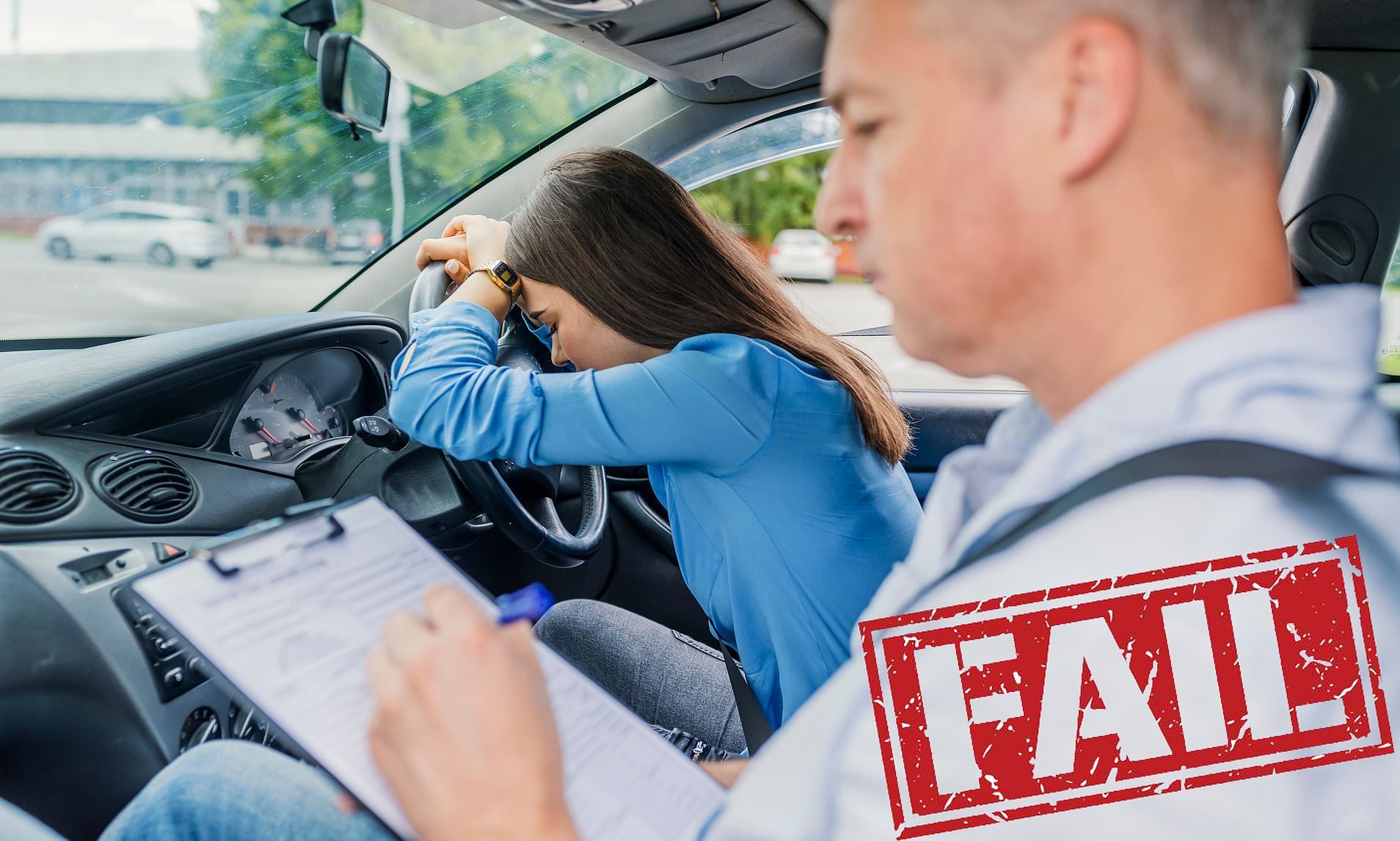Top 10 most common reasons why learner drivers fail their driving test
The most common reasons why learner drivers fail their driving test
1. Junctions - Observation
21% of failures
Top tip: Junctions - Make effective observations before emerging at junctions and into the path of other vehicles. Always make sure it's safe before proceeding.
2. Mirrors – Change direction
17% of failures
Top tip: Mirrors - Use your rear view mirror and wing mirrors and react to the information. Make sure you use your mirrors early before changing lanes and direction.
3. Control – Steering
9% of failures
Top tip: Steering - Maintain a steady course and follow the contour of the kerb or roadside.
4. Junctions – Turning right
8% of failures
Top tip: Turning right at junctions - Position your car correctly. Do not cut the corner when turning right. Watch out for cyclists and motorcyclists, and any pedestrians crossing the road.
5. Move off – Safely
8% of failures
Top tip: Moving off - When you're moving off from the side of the road, you need to make sure you look around, check your blind spots - and that you're indicating the right way.
6. Response to signs – Traffic lights
8% of failures
Top tip: Traffic lights: Make sure you know the rules about traffic signals and follow them.
7. Move off – Control
8% of failures
Top tip: Moving off: When you're moving off from the side of the road, you need to make sure you look around, check your blind spots - and that you're indicating the right way.
8. Positioning – Normal driving
8% of failures
Top tip: Positioning: If lanes are marked, make sure you're in the middle of the lane. Avoid straddling lines.
9. Response to signs – Road markings
7% of failures
Top tip: Responding to road markings - Make sure you watch out for road markings and know the rules about using them.
10. Reverse park – Control
7% of failures
Top tip: Reverse parking - Keep control of the car at all times. Practice your reversing to improve your positioning and accuracy.






